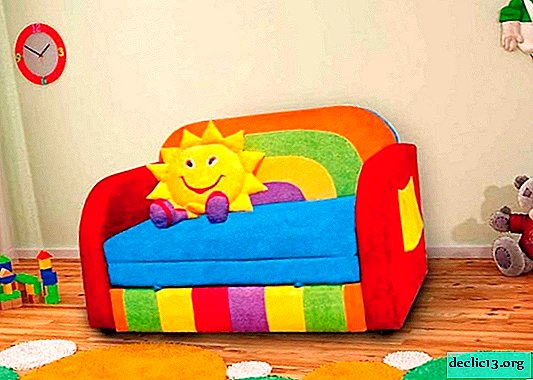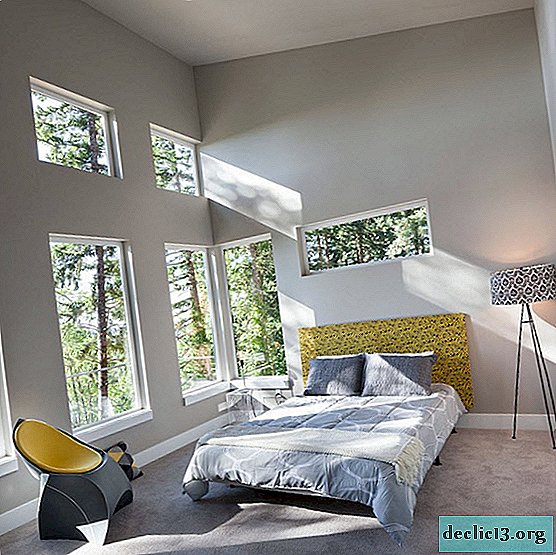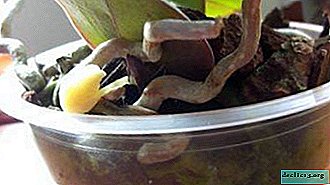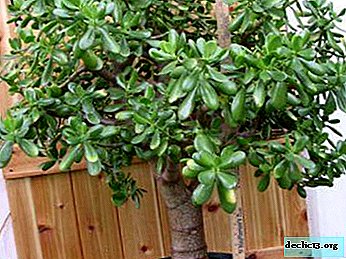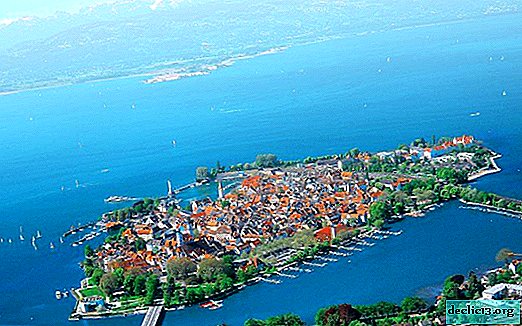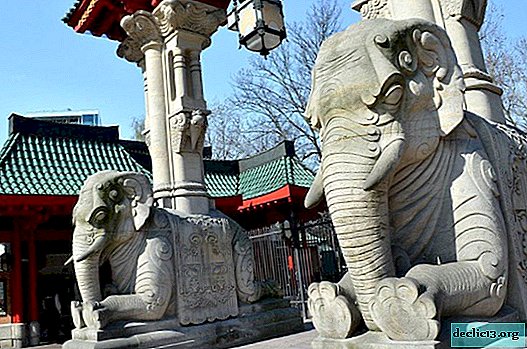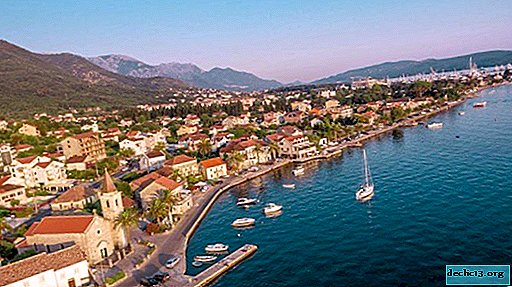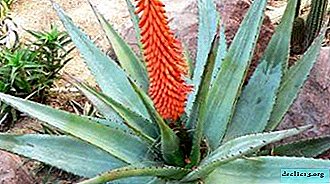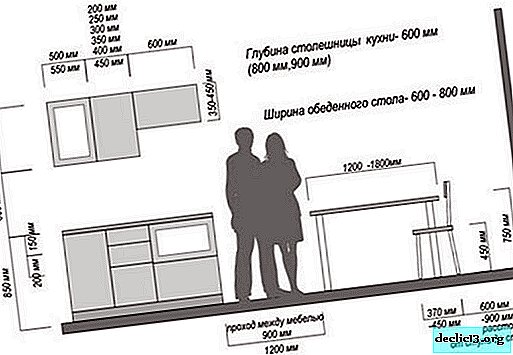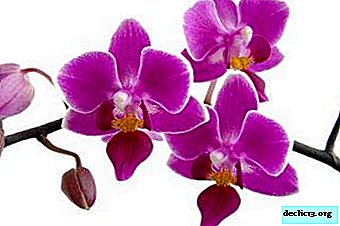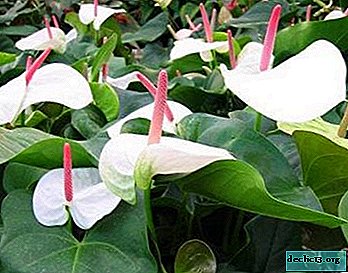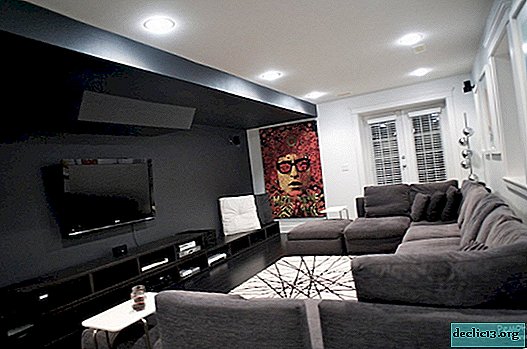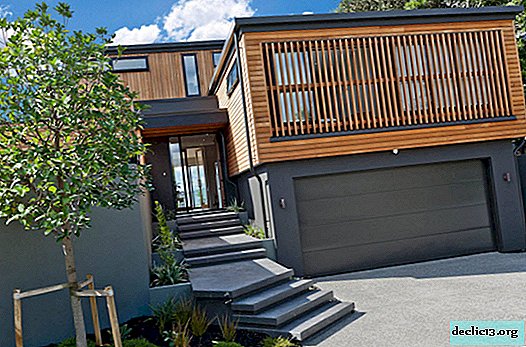Mafra Palace - the largest residence of kings in Portugal
The city of Mafra (Portugal) is the place where the largest residence of the Portuguese monarchs was built. It is located 30 km north of Lisbon. The central part of the structure resembles a cathedral, while inside it amazes with wealth and luxury.
 Mafra Palace
Mafra Palace History reference
The beginning of the construction of the Mafra Palace was dedicated to the birth of Prince Jose I - the heir to King Juan V. The work was carried out from 1711 to 1730. The plans of the royal family were modest, they wanted to build a small monastery, but the financial situation was strengthened, and the monarch decided to build a palace that, with its beauty and pomp, will eclipse the royal residence of Escorial, located near Madrid.
 One of the courtyards of the palace
One of the courtyards of the palaceAfter completion of construction work, the palace did not immediately become a royal residence; initially, members of the royal family used it to organize diplomatic receptions and hunt in local forests.
Interesting fact! At the beginning of the 20th century, when the power of the monarchs was overthrown, the palace complex was declared a museum.
Journey through the palace complex
 Painting on the ceiling in one of the rooms
Painting on the ceiling in one of the roomsAll the buildings of the Mafra Palace cover an area of almost 4 hectares (37.790 square meters), including 1200 rooms, more than 4700 doors and windows, 156 stairs and 29 courtyards. Impressive, isn't it? To build such a magnificent building was made possible thanks to Brazilian gold, which poured into the country and allowed the king to carry out his plans in art and strengthen royal power.
For the royal monastery of Mafra, the king ordered sculptures and paintings from the best Italian and Portuguese masters, and all church clothes and religious gold were brought from Italy and France.
What parts does the palace consist of?MonasteryInteresting fact! Unfortunately, the grandeur of the palace that reigned during the reign of kings, today is impossible to see. Since the members of the royal family during the war with Napoleon left for Brazil, taking with them tapestries, furniture, paintings.
At first it was intended for 13 monks, but the project underwent major changes. As a result, the building was equipped with everything necessary for 300 Franciscan monks.
The king personally provided support for the monastery, paying all expenses from his pocket. Members of the religious community were given salaries twice a year and were provided with essential food throughout the year - wine, olive oil, and cows. In addition, the monastery had a garden and several water tanks.
Basilica Organs in the Basilica
Organs in the BasilicaThis is the central point of the main facade of the Mafra Palace in Portugal. Bells are placed on both sides. Made basilica in the Baroque style. For construction, limestone from the Sintra region was used. Marble floors and walls.
It is noteworthy that the dome with a height of 65 m and a diameter of 13 m was the first erected dome in Portugal. The main of 11 chapels is decorated with paintings of the Virgin Mary, Jesus and St. Anthony, to whom the church is dedicated.
Inside the temple there are as many as 6 bodies decorated with gilding. Six organs in the Basilica of the Palace of Mafra are known throughout the world. Not the number made them famous, although the fact itself is remarkable. The peculiarity is that they were built at the same time and were originally conceived for joint play.
In the Mafra Palace in Portugal, there are 2 belfries - on the sides of the Basilica. The total number of bells here is 98, which makes the belfry the largest in the history of not only Portugal, but the whole world. They say that ringing is heard within a radius of 24 km!
Library
The library occupies the largest and most prestigious room in the building. It is one of the most significant libraries of the Enlightenment in Europe and has about 36 thousand volumes. The room has the shape of a cross, size 85 * 9.5 meters.
To visit the library, permission is required, which can be obtained by researchers, historians and scientists, whose object of study explains the need for access to the collection. Tourists are not allowed to walk in the library, so as not to disturb the unique ecosystem.
Hospital Hospital
HospitalThere were treated seriously ill. Every day, a doctor and a priest came to the patients, and nursing monks took care of the sick. Only representatives of the nobility could be treated here, they were allowed to attend church services.
PharmacyIn the temple building, the monks stored medicines made from herbs grown in their own garden. Also, the composition of healing products included honey, melon, mint, wax, resin. Here are the tools that the monks used in the manufacture of medicines.
Halls of the Palace- Hall of Diana. The ceiling of the room was painted by a Portuguese master, he depicted the hunting goddess Diana along with nymphs and satyrs.
- Throne. Royal audiences were held here. On the walls of the hall are royal virtues.
- Discoveries. It depicts the most significant discoveries made by the inhabitants of Portugal.
- Hall of Fates. Here are all the monarchs who ruled the country before King Juan VI, and also depicts the Temple of Dooms.
- Hunting. Many royal families spent a lot of time hunting, the design of the hall is completely devoted to this royal passion.
- Hall of don Pedro V. The room is made in the style of romanticism. The hall is also known as Red or Expectations. It was in this room that the guests were waiting for the royal family to invite them to the Music Hall.
- Hall of Blessing. This is the main room located in the gallery between the two towers of the Mafra Palace. The whole royal family gathered here during religious events. The hall has a veranda that overlooks the palace square.
- Hall of Music, Games and Leisure.
- The first hall was also called Yellow and served as a room for receiving guests. The second room contains games that were popular among the aristocracy in the 18-19 centuries.
 Throne room
Throne room
 Music Hall
Music HallFind out RATES or book any accommodation using this formInteresting fact! The palace is the main attraction of Mafra (Portugal) and in 2007 it was included in the list of Seven Wonders of Portugal.
Helpful information
1. Work time:- Daily (except Tuesday) from 9-30 to 17-30. The palace complex is closed on holidays - January 1, May 1, Easter and December 25. An hour before the end of the work - at 16-30 - the doors of the palace are closed.
- The basilica closes at the entrance from 13:00 to 14:00.
- Entering with suitcases, large backpacks, large and heavy objects, as well as with animals is prohibited.
- Attraction address: Palácio Nacional de Mafra, Terreiro D. João V, 2640 Mafra, Portugal.
- adult - 6 euros;
- a ticket for senior citizens (over 65) costs 3 euros;
- visiting the terraces will cost 5 euros (you must pre-register);
- Children under 12 years old are admitted free.
The distance from Lisbon to Mafra is 39 km, the trip takes a little less than an hour. You can get there by bus that leaves from Campo Grande Station. The stop is called Mafra Convento. Ticket price - 6 euros, a ticket can be bought from the driver.
The Mafra Palace-Monastery (Portugal), perhaps, will not only surprise you with the labyrinth and intricacies of transitions, stairs and corridors, but will also enjoy visiting it.
You might also be interested: near Lisbon there is the city of Sintra, in which there are 5 palaces. For a long time, the Sintra National Palace was the residence of the kings, and today it belongs to the state and is one of the most visited attractions in Portugal.
Prices and timetables on the page are for September 2017.
Official website: www.palaciomafra.gov.pt.

